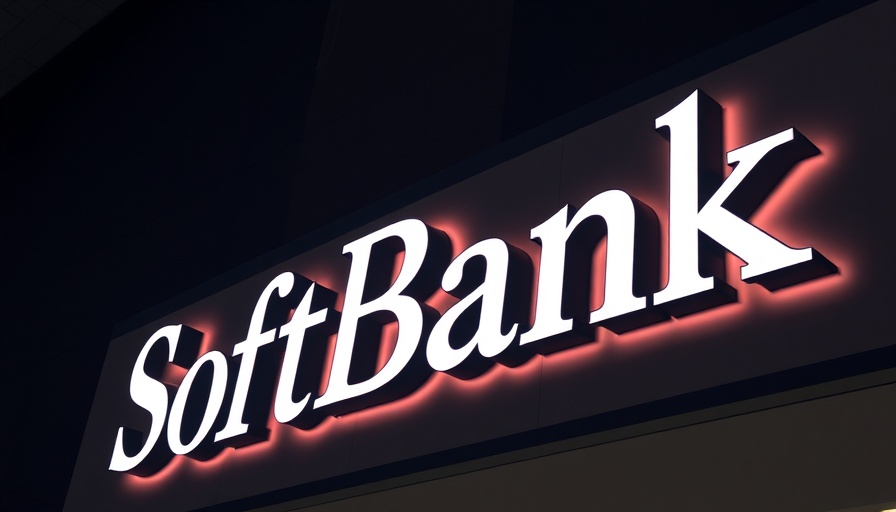
Trust Issues Among Britain's Leaders: A Common Concern
In recent discussions surrounding the loyalty of British leaders, a significant question emerges: Are they truly loyal to the citizens they serve? This inquiry not only challenges the conventional narratives often presented in mainstream media but also delves into the heart of leadership in today's rapidly changing world. With technology altering our perceptions of loyalty and trust, we need to examine the implications of these shifts.
In 'Are our current crop of British leaders loyal enough?', the discussion dives into the complexities of leadership loyalty in today's technological landscape, exploring key insights that sparked deeper analysis on our end.
The Role of Technology in Shaping Leadership Loyalty
As advancements in technology continue to proliferate, our leaders now face an unprecedented level of scrutiny. Social media platforms allow for real-time dissemination of information, effectively amplifying the voices of citizens and holding leaders accountable like never before. However, this increased transparency can sometimes lead to distrust. Citizens are questioning whether their leaders prioritize technology for the greater good or for self-serving agendas.
A New Era of Expectations: What That Means for Loyalty
In this new era, citizens expect much more from their leaders. It's no longer sufficient to merely manage populations; there is an increasing demand for leaders to embody loyalty through their actions. This loyalty should be demonstrated through clear communication, ethical decision-making, and a commitment to putting the citizens' interests first, especially when integrating new technologies into society.
Case Studies: How Modern Leaders are Faring
To illustrate this evolving landscape, let's look at a few case studies of current British leaders who have faced criticism for their loyalty (or lack thereof). Take, for instance, the numerous controversies surrounding the use of personal data by government institutions. Citizens feel betrayed when information collected for public safety is mishandled, leading to a sense of disloyalty from leaders. Conversely, leaders who have embraced transparency successfully build trust with their communities, showcasing their commitment to loyalty.
Citizenship in Action: Engaging Communities for Change
The relationship between leaders and their constituents is not one-sided; it requires active engagement from both parties. Citizens can foster loyalty by engaging with their leaders and participating in various initiatives designed to inform and support local governance. As technology enables easier access to information and decision-making processes, the responsibility lies with citizens to demand accountability and ethical behavior from their leaders.
Conclusion: Rethinking Loyalty in Leadership
The conversation around the loyalty of British leaders is timely, especially as we continue to grapple with the effects of modern technology on governance. It prompts us to reflect on what loyalty truly means in today's context and the role that we, as citizens, play in shaping it. By prioritizing transparency and ethical decision-making, our leaders can rebuild trust and affirm their loyalty to the populace.
As we navigate this complex landscape, let’s not lose sight of our ability to influence the loyalty of our leaders by staying engaged, informed, and active in our communities. After all, a democracy thrives when its citizens hold their leaders accountable.
 Add Row
Add Row  Add
Add 










Write A Comment